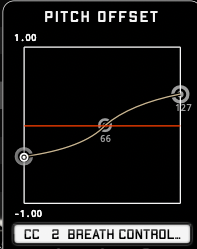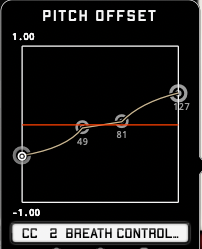I'm not familiar with the Eagan Matrix, but the Sylphyo is a strictly monophonic controller which sends only note on/off per note. You may send aftertouch or CCs with breath, but honestly, MPE makes not much sense here. I know MPE from Roli Seaboard and Eigenharp. The Sylphyo does not send such information per note.
If you mean telling the Sylphyo's motion sensors to send on different channels, you can use MIDI software. For example Bome MIDI Translator Pro, possibly with a BomeBox for pure hardware operation on stage. For more complex controls including curves, dynamic mapping, MPE conversion etc. you would probably end up with the Max software from Cycling '74. As far as I know, the Haken editor is also programmed in Max.
—
If you mean something else, perhaps a comment from the website of the Haken Coninuumini will help:
"Can you use another MPE controller to play the ContinuuMini's internal sound engine?"
"All the MPE controllers I know of use the "MPE Strike" (which is the exact same thing as "Midi Key Velocity") to represent the whole of the attack trajectory of a note. Most EaganMatrix presets are designed assuming much more information about the attack trajectory (not just one 7 bit number), so while the presets will play, they won't sound the same as they would with a ContinuuMini.
In Edmund Eagan’s ContinuuMini introduction video, he uses the xKey in one part of the video -- the xKey is not itself an MPE controller, but MPE specifies that channel 1 can have "traditional Midi" polyphonic notes on it. In the example, the ContinuuMini is set up to expect MPE in, so this works since polyphonic-Midi-on-channel-1 is subsumed in the MPE standard."


